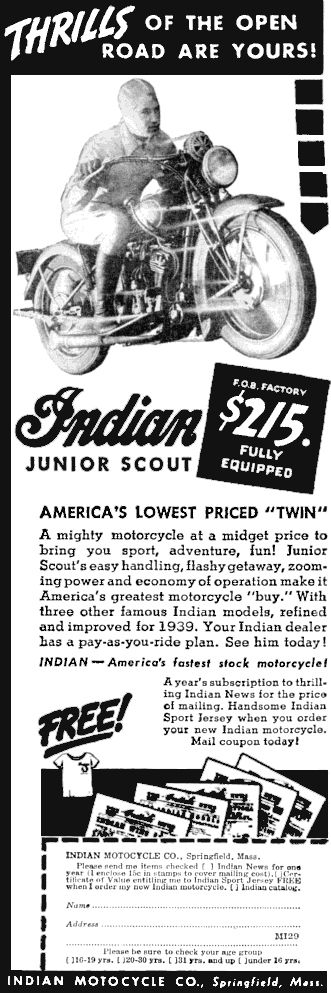Even under perfectly controlled conditions during demonstrations in Radio City, the television images are small (only about 7x10 inches), noticeably dull, and badly distorted around the edges. The first time you see a television program you find it interesting because it's novel and because you have been heavily sold in advance on the idea that television is a wonderful thing; the second time, you realize that your $50 home movie outfit gives larger, brighter, far more detailed pictures.
Under anything but ideal, protected conditions, television suffers terribly from the minutest electrical interferences. The images will be distinguishable for a while; then an automobile will go by the building and its ignition system, acting as a small but powerful short-wave transmitter, practically wipes the picture off the screen. All you see is a crazy-quilt pattern of lines and figures, as on a cubist painting! Elevator switches, loose electric bulbs, X-ray and diathermy machines of many kinds, doorbells, dial telephones, heating pads, furnace controls, all send out electrical impulses that destroy television images.
This, of course, will be fixed in time, but now the overcoming of this interference is an unsolved problem; both here and abroad. Much is heard of telecasting abroad, especially in Germany and England. It is true that more telecasts are held, but reliable engineers who have witnessed both domestic and foreign results say our images are as good if not better than those abroad. It is significant that while these two foreign countries do have periodic telecasts, the public does not find them satisfying enough to buy sets for their homes.
Incidentally, television as it is now envisioned has no connection whatsoever with present-day sound broadcasting. A "television" receiver is actually two entirely separate and complete instruments in a single cabinet: One for "short wave" sight and the other for "short wave" sound. The sound, however, is from the television studio, not the regular sound studio, and goes out on a separate short-wave transmitter. There is not and will not be any such thing as a "visual screen" attachment for existing radio sets. If you need a new radio receiver, go out and buy it-right away; you'll want it for regular radio broadcast reception whether practical public television materializes five years from now or ten years from now.
RCA has this to say on that subject: "Television, when it comes, will not supplant sound broadcasting. Sound broadcasting has developed into a satisfying hour-to-hour, public service that provides a variety of entertainment and information which no other medium can supplant. When television is sufficiently developed on a national basis, it will supply public service which will not conflict with, but rather supplement existing services."

91